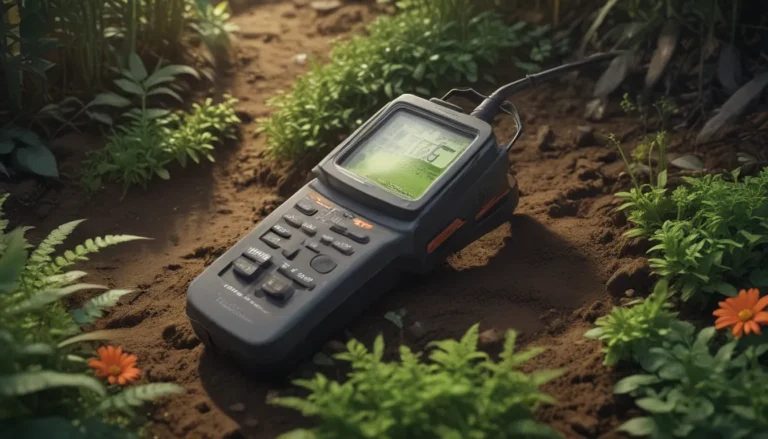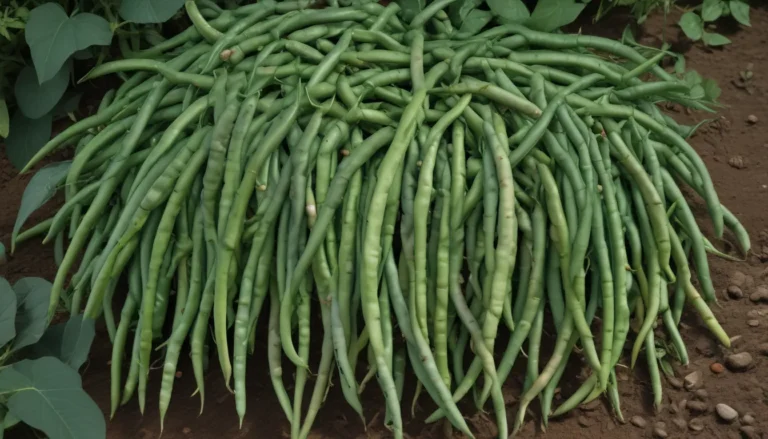Comprehensive Guide to Growing and Caring for Wisteria Vines

Can we take a moment to admire the beauty of wisteria vines? The long clusters of vibrant blossoms hanging gracefully from ancient-looking wood are straight out of a fairy tale. If you’re enchanted by wisteria but unsure about how to grow and care for it properly, you’re in the right place!
What You’ll Learn
In this in-depth guide, we’ll cover everything you need to know to cultivate and maintain healthy wisteria vines. Here’s a sneak peek at what you can expect:
- Cultivation and History
- Propagation
- How to Grow
- Growing Tips
- Pruning and Maintenance
- Cultivars to Select
- Managing Pests and Disease
- Best Uses
- Quick Reference Growing Guide
Let’s journey into the wild and wonderful world of wisteria together!
Cultivation and History
Wisteria vines come in various species, including American, Kentucky, Chinese, and Japanese. These species share similar characteristics, such as pinnate leaves, long blossoms in various colors, and woody stems that can grow up to 25 feet long.
The show-stopping clusters of blossoms, known as racemes, can reach up to 24 inches long in colors like white, pink, blue, and shades of purple. After flowering, seed pods form, helping identify the species based on their characteristics.
While wisteria is stunning and easy to fall in love with, it can be invasive and overpowering if not properly managed.
Wisteria Propagation
Before planting wisteria, you may choose to propagate through seeds, cuttings, air layering, or purchasing nursery plants. While seeds require patience to bloom, cuttings provide a quicker way to reproduce the parent plant accurately.
Transplanting purchased plants is a faster option, ensuring faster establishment in your garden. Properly prepare the soil by adding compost and transplant carefully to promote healthy growth.
From Seed
If you opt for seed propagation, remember that it may take up to 15 years before flowers appear. Harvest seeds from pods or purchase them, and soak them in warm water before planting. Nick the seeds with a file to break the outer coating and sow them in prepared soil.
From Cuttings
For faster results, take cuttings from established plants. Plant them in moist soil, ensuring root development before transplanting. Proper care and maintenance are essential during the rooting process to ensure successful growth.
Air Layering
Air layering is another method to propagate wisteria by encouraging root growth along a mature branch. Regular monitoring and care throughout the process are necessary for successful propagation.
Transplanting Purchased Plants
Purchased plants offer a rapid way to introduce wisteria into your garden. While less time-consuming, proper transplanting techniques are essential for successful establishment.
How to Grow Wisteria Vines
Selecting the right planting location is crucial for wisteria vines. While Chinese wisteria tolerates shade, other species require full sun for optimal growth. Maintaining adequate soil moisture during blooming periods is essential to promote healthy flowers.
Wisteria vines need sturdy support structures as they grow. Avoid planting near fragile structures and instead guide the growth or train the vine to grow as a tree for alternative use.
Ensuring the soil pH is slightly acidic to neutral and providing low-nitrogen, high-phosphorus fertilizer promotes healthy growth and optimal blooming. Pruning and maintenance help control growth and maintain a neat appearance.
Growing Tips
- Water when the soil is dry up to the second knuckle.
- Provide full sun for most species.
- Offer sturdy support for climbing vines.
Pruning and Maintenance
Pruning wisteria is essential to promote healthy growth and maintain a beautiful display. Prune in summer and winter to control growth and encourage blooming. Avoid over-pruning but maintain shape and condition for optimal results.
Training and guiding growth through pruning and training techniques help control the vine’s growth pattern and direction. Regular maintenance keeps the vine healthy and minimizes invasive tendencies.
Wisteria Cultivars to Select
When choosing wisteria cultivars, consider factors like invasiveness, blooming capability, and growth habits. American species and cultivars are less invasive and easier to maintain than Asian counterparts.
Popular options like ‘Betty Matthews,’ ‘Blue Moon,’ and ‘Alba’ offer unique blooms and growth characteristics suitable for various environments. Explore different cultivars to find the ideal wisteria for your garden.
Managing Pests and Disease
While wisteria is relatively low maintenance, pests like aphids and scale can affect the plant’s health. Proper care and maintenance reduce the risk of pest infestations and disease.
Common pests include aphids, Japanese beetles, and leaf miners, which can be managed through basic techniques outlined in detailed guides. Regular inspection and monitoring help prevent pest issues and maintain a healthy plant.
Diseases like crown gall and leaf spot can occur but are manageable through pruning and proper care practices. Recognizing disease symptoms and prompt action minimize the impact and ensure the plant’s health.
Best Uses for Wisteria Flowers
Wisteria vines offer versatile options for garden design, including climbing over trellises, privacy hedges, and training as a tree. Explore creative ways to incorporate wisteria into your garden, from vertical accents to privacy barriers.
Consider growing wisteria in tree form or espalier for unique garden features. With proper care and maintenance, wisteria vines can provide stunning blooms and ornamental value in different garden settings.
Quick Reference Growing Guide
Plant Type: Flowering perennial vine
Flower/Foliage Color: White, pink, purple/green
Native to: Asia, North America
Maintenance: High
Hardiness (USDA Zones): 4-9
Water Needs: Moderate
Bloom Time/Season: Spring, summer
Tolerance: Drought
Exposure: Full to partial sun
Soil Type: Loamy
Time to Maturity: Up to 15 years from seed
Soil pH: 6.0-7.0
Spacing: 10 feet
Soil Drainage: Well-draining
Planting Depth: 1 inch (seeds), same depth as container (transplants)
Height: Up to 30 feet
Uses: Specimen, climber, espalier, tree
Explore different species and cultivars for unique growth habits and blooming patterns suitable for various gardening preferences.
Make the Most of Wild, Wonderful Wisteria
When grown and cared for correctly, wisteria vines are truly enchanting and add a fairytale touch to any garden. By following the tips and techniques in this guide, you can enjoy the beauty of wisteria while maintaining control and preventing invasive tendencies.
Share your wisteria growing experiences in the comments below! Whether training as a tree or looping over an arbor, let us know how you’re incorporating wisteria into your garden. For more vine options and landscape ideas, explore our related guides for additional inspiration.
*As you embark on your wisteria growing journey, remember that with proper care and maintenance, this wild and wonderful vine can transform your garden into a magical oasis. Dive into the world of wisteria cultivation and share in the beauty of its vibrant blooms and graceful vines. Happy gardening!





